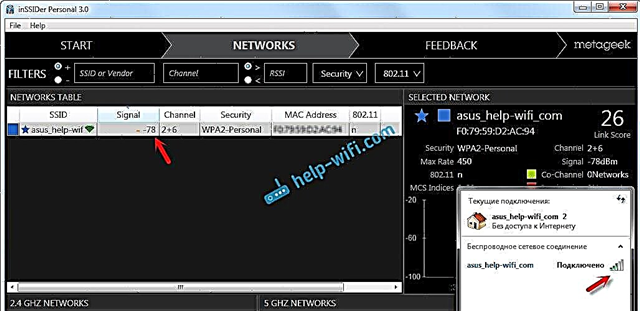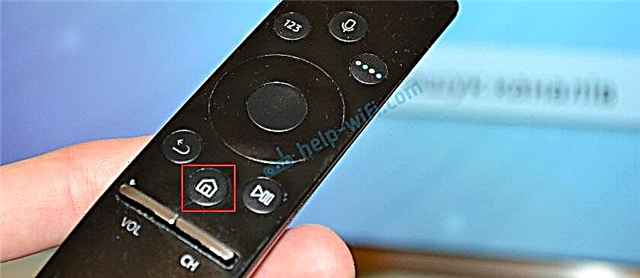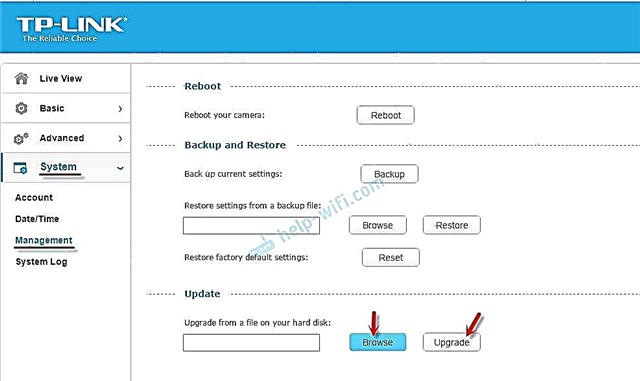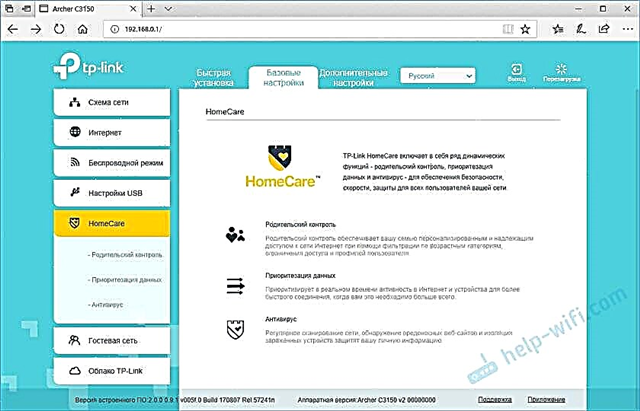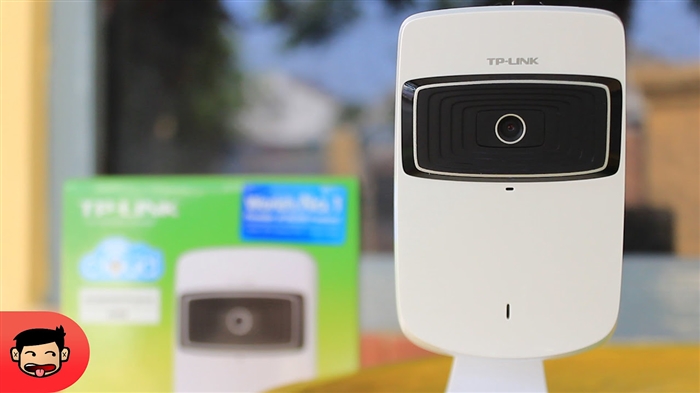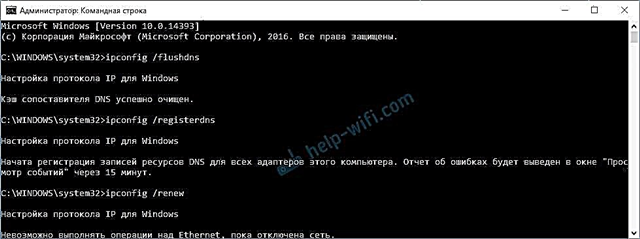One of the most common errors associated with connecting to the Internet in Windows is the error: "The DNS server is not responding." At the same time, access to the Internet is lost. The connection icon will most likely have a yellow triangle, and in the browser, when you try to open the site, you will most likely see the error "Cannot find DNS address", "err name not resolved", or something like that. This problem is caused by a malfunction of the DNS server, which is responsible for the redirected IP addresses to the domain. If we talk about the reasons for this error, then the culprit can be both the computer itself and the router, or equipment on the provider's side.
The error "DNS server not responding" itself appears as a result of diagnostics of Windows networks. It is very easy to start diagnostics. All you have to do is right-click on the Internet connection icon and select "Troubleshoot".

Sometimes, an error may appear: "Computer settings are configured correctly, but the device or resource (DNS server) is not responding."

These are the mistakes. If you do not know what to do, now we will look at some effective tips that should help get rid of these errors. As a result, the Internet on your computer will work, and sites will begin to open. The solutions will be the same for Windows 10, Windows 8, and Windows 7.
How do I fix the "DNS Server Not Responding" error?
To get started, I recommend following a few simple solutions. Chances are they will help you without having to deal with more complex settings.
- If you have internet connected through a router or modem (via Wi-Fi, or by cable), and you see the error "DNS server is not responding", then just try to restart the router. Turn off the power of the router for about a minute, and turn it back on. It doesn't matter what kind of router you have, TP-Link, D-link, ASUS, or whatever.
- Reboot your computer or laptop. In this case, it doesn't matter if your Internet goes through a router, or by cable directly from your provider. Just reboot.
- If the Internet is connected via a router, then check if the Internet works on other devices. Is there an error with the DNS server response.
- When connecting via a router, if possible, you can connect the Internet directly to your computer. For check.
- Try to remember after which the DNS error appeared and the problems with accessing the Internet. Maybe after changing some settings, or installing programs.
If these tips did not help, then try applying the solutions that I will write about below.
Checking the DNS client service
Before changing anything, I recommend that you see if the DNS Client service is running. Press the key combination Win + R on the keyboard. In the window that appears, enter the commandservices.msc, and click Ok.

In the new window, look for the "DNS Client" service, right-click on it, and select "Properties".
The startup type must be "Automatic". And if you have the "Run" button active, then click on it. Next: "Apply" and "Ok".

If the service was disabled for you, and you enabled it, then after restarting the computer, the Internet should work.
Change the settings of DNS servers in the connection properties
Next, we will check the settings of the DNS servers in the properties of the connection through which the computer is connected to the Internet. If some addresses are registered there, then you can try to set automatic receipt, or register DNS addresses from Google. This method will often get rid of the "DNS server not responding" error.
We need to open a window with all connections. To do this, you can right-click on the Internet connection icon, and select "Network Control Center ...". Then go to "Changing adapter parameters".

Next, right-click on the connection through which you are connected to the Internet (to the router), and select "Properties". If the connection is via Wi-Fi, then this is a "Wireless network" connection, if by cable, then "Ethernet" (Local Area Connection).
For example, I have a problem with DNS when connecting via a Wi-Fi network through a router.

In the new window, select "IP version 4 (TCP / IPv4)" and click "Properties". If you have a DNS server registered in the new window, then you can try to set the automatic receipt of addresses, and check the Internet connection after restarting the computer.

But most often the following helps: put the switch next to "Use the following DNS server addresses", and write DNS from Google:
8.8.8.8
8.8.4.4
Click "Ok" and restart your computer.

This solution helps very often. If you have a problem with obtaining DNS on all devices that are connected through one router, then these addresses can be registered in the settings of the router, then they will be applied to all devices. As a rule, this can be done in the settings of your router, in the "Internet" or "WAN" section. Where the parameters for connecting to the provider are set.
For example, I'll show you how to do it. on a TP-Link router:

Remember to save your settings.
Clearing DNS cache and other network parameters
You just need to start the command line, and in turn execute several commands that clear the cache of DNS addresses, and other network settings. This method works for both Windows 10 and Windows 7 (8).
The command line must be run as administrator. If you have Windows 10, then just right-click on the start menu and select "Command Prompt (Admin)". In Windows 7, in the search you can type "cmd", right-click on "cmd" in the search results, and select "Run as administrator".
In turn, copy and execute the following commands:
ipconfig / flushdns
ipconfig / registerdns
ipconfig / renew
ipconfig / release
Like this:

In Windows 10, you can also try resetting your network settings. It's pretty much the same.
Then restart your computer.
Update: disable or remove Avast antivirus
In the comments, Sergey wrote that only the removal of Avast antivirus helped him. If you have this particular antivirus installed, then perhaps it caused the DNS server to stop responding.
From my own experience, I can say that Avast antivirus very often interferes with the Windows network settings, which causes various problems with the Internet connection. Either the Internet stops working after uninstalling the antivirus, then there is a DNS error, or the network adapter does not have valid IP settings.
You can try to start completely stop the antivirus. If this does not solve the problem, then remove it. You can reinstall it, only without additional modules. How to do this, I wrote in the article at the link above (about solving the problem with IP parameters).
What if I can't fix the error?
If you did everything correctly, but Windows still says that the DNS server is not responding, then I have a couple more tips:
- Try to temporarily disable the antivirus completely, or the built-in firewall (web antivirus, firewall).
- If you can't fix this error in any way, then call the support of your Internet provider. DNS problems are often their fault.
Be sure to write if you managed to get rid of this error. Write what method helped. Maybe some other solution worked for you, which is not in the article. Well, leave your feedback in the comments.


